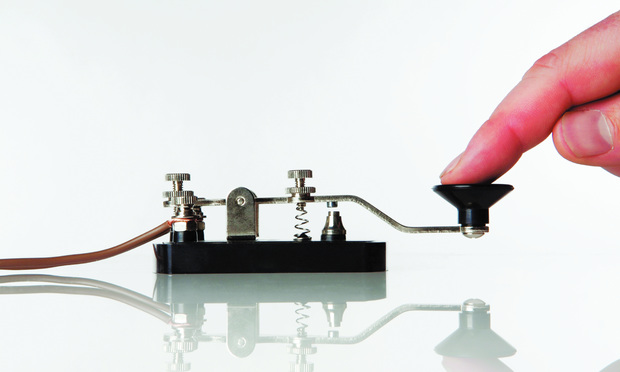In 1854, the U.S. Supreme Court considered Samuel Morse’s famous patent on the telegraph. Rather than limit his patent claims to the “specific machinery” of the device, Morse included a broad claim covering any device that used electricity to print out information.
As Morse declared, “the essence of my invention” is “the use of the motive power of the electric or galvanic current, which I call electro-magnetism, however developed, for making or printing intelligible characters, letters or signs, at any distances, being a new application of that power, of which I claim to be the first inventor or discoverer.”
This content has been archived. It is available through our partners, LexisNexis® and Bloomberg Law.
To view this content, please continue to their sites.
Not a Lexis Subscriber?
Subscribe Now
Not a Bloomberg Law Subscriber?
Subscribe Now
LexisNexis® and Bloomberg Law are third party online distributors of the broad collection of current and archived versions of ALM's legal news publications. LexisNexis® and Bloomberg Law customers are able to access and use ALM's content, including content from the National Law Journal, The American Lawyer, Legaltech News, The New York Law Journal, and Corporate Counsel, as well as other sources of legal information.
For questions call 1-877-256-2472 or contact us at [email protected]






